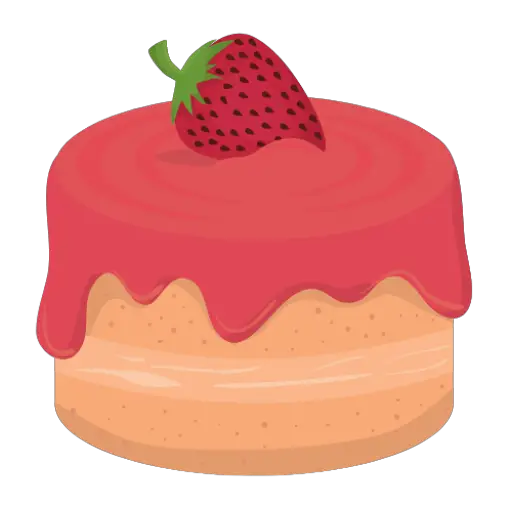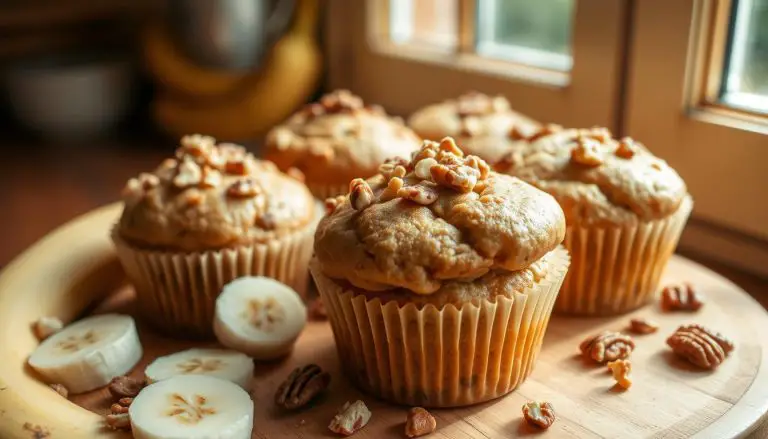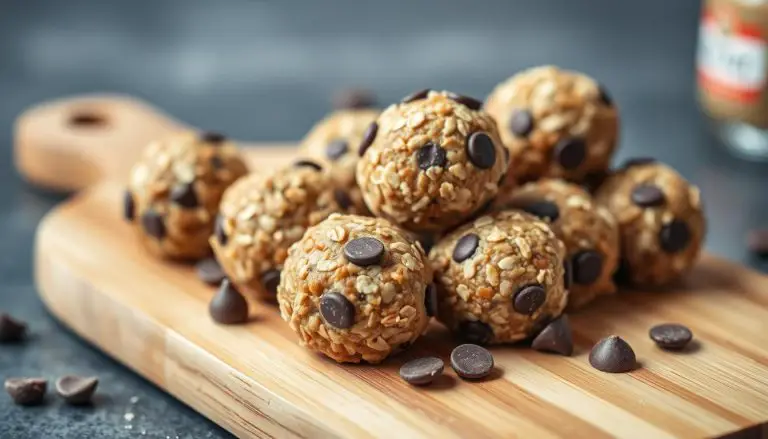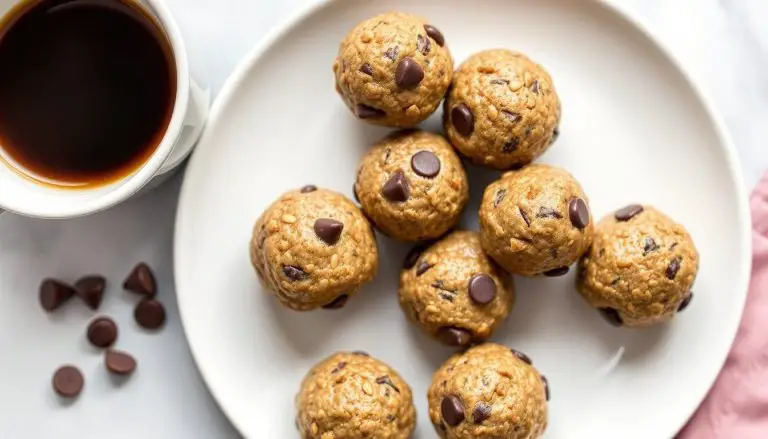Few things evoke the warmth of Southern baking quite like a batch of homemade buttermilk biscuits. These flaky, buttery delights boast a golden, crisp exterior with a tender, melt-in-your-mouth center. Whether served with honey, jam, or smothered in sausage gravy, these biscuits are a true comfort food staple.
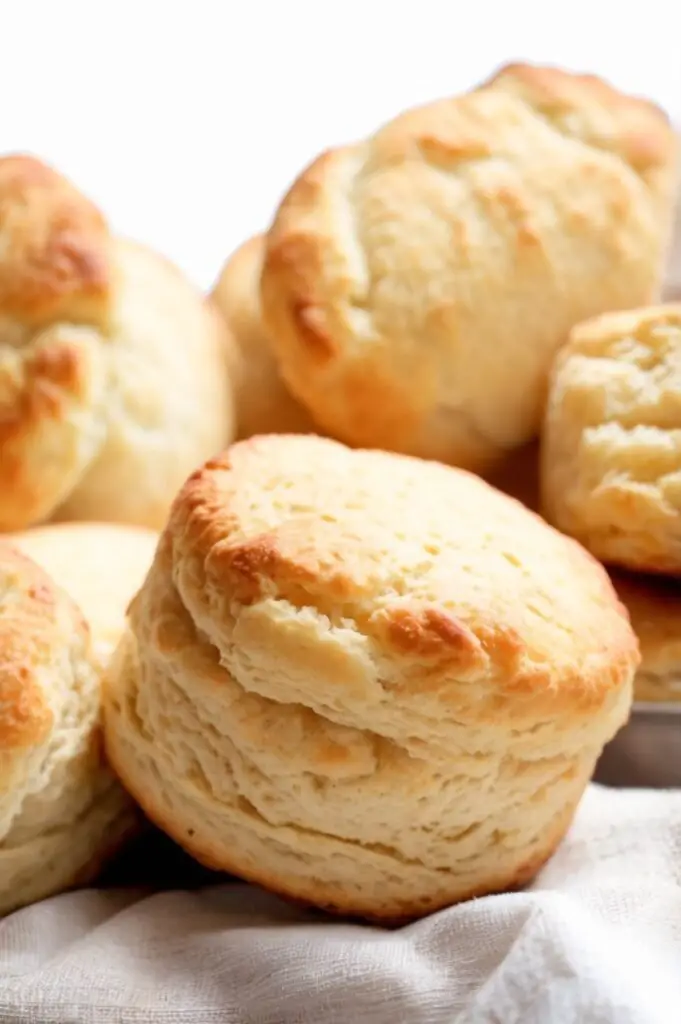
With just a few simple ingredients and a bit of technique, you can recreate these perfectly layered biscuits at home. The secret? Cold butter, delicate handling, and the magic of buttermilk.
Ingredients List
Making the best buttermilk biscuits requires a handful of simple yet essential ingredients. Each component plays a crucial role in achieving the perfect balance of flavor and texture.
Biscuit Dough Ingredients
- 2 cups self-rising flour (White Lily recommended)
- 1/2 cup cold unsalted butter (cubed or grated)
- 3/4 cup cultured nonfat buttermilk
- 2 tablespoons unsalted butter (melted, for brushing)
Required Kitchen Tools
To make flaky and golden buttermilk biscuits, having the right tools can simplify the process and ensure success. Here are the essentials:
- Pastry Blender or Box Grater – To efficiently cut cold butter into the flour, creating small buttery pockets that lead to flaky layers.
- Mixing Bowl – A large bowl to combine and mix the dough.
- Biscuit Cutter (2-2.5 inches) – For shaping uniform biscuits without compressing the dough.
- Baking Sheet with Parchment Paper or Silicone Mat – Helps prevent sticking and ensures even baking.
- Pastry Brush – To evenly coat the biscuits with melted butter for a golden finish.
- Rolling Pin (optional) – Can be used to gently flatten the dough if needed, though hand-patting works best.
Dough Preparation
Achieving light, fluffy, and flaky biscuits depends on how you mix and handle the dough. Follow these steps carefully for perfect texture and rise.
Mixing the Ingredients
- Preheat the Oven: Set your oven to 450°F (232°C). Line a baking sheet with parchment paper or a silicone baking mat.
- Measure the Flour: Spoon the self-rising flour into a dry measuring cup, then level it off. This ensures you don’t use too much flour, which can make the biscuits dense.
- Cut in the Butter:
- If using a pastry blender, cut the cold butter into the flour until the pieces are pea-sized.
- If using a box grater, freeze the butter and grate it into the flour, then mix lightly.
- The small butter pieces create steam pockets when baking, leading to flaky layers.
- Add Buttermilk: Gently stir in the buttermilk until just combined. The dough should be soft and slightly sticky, similar to thick mashed potatoes.
- If too sticky, add a little more flour.
- If too dry, add a small splash of buttermilk.
Folding for Flaky Layers
To achieve those distinct biscuit layers, use a simple folding technique:
- Turn Out the Dough: Lightly flour a clean surface and turn the dough out onto it.
- Gently Knead (if needed): If the dough isn’t holding together, knead it 2-3 times just until it forms a cohesive mass.
- First Fold: Flatten the dough into a rectangle and fold it into thirds, like a letter.
- Repeat Folding: Flatten again, fold into thirds once more. Repeat this at least 3 times to create flaky layers.
- Final Flattening: Gently pat or roll the dough into a ¾ to 1-inch thick rectangle.
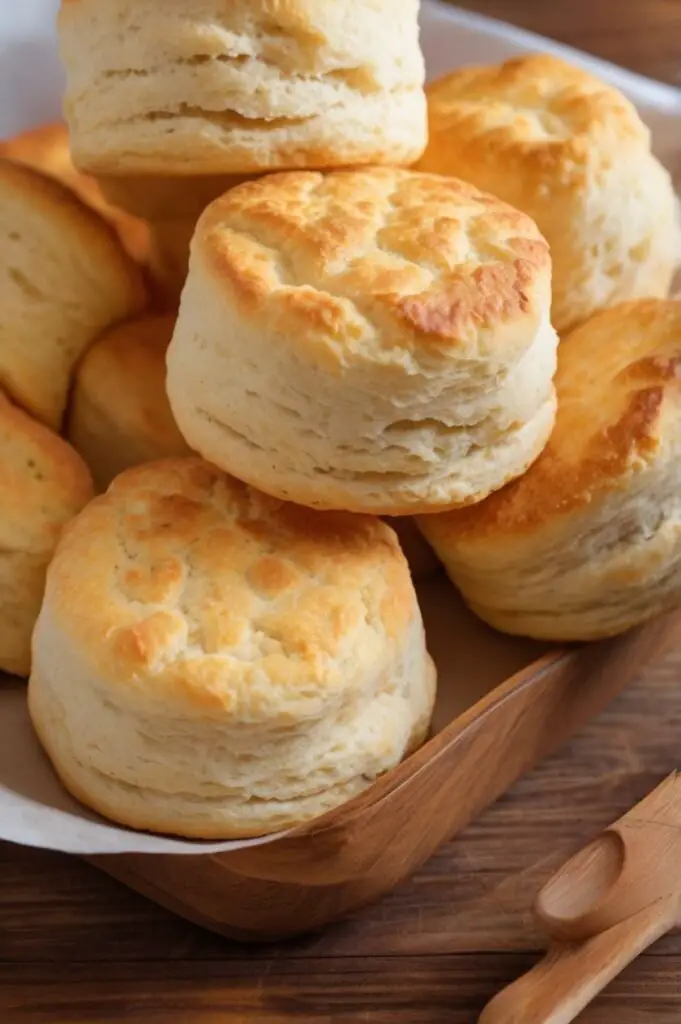
Shaping and Baking the Biscuits
Now that your dough is layered and ready, it’s time to cut and bake the biscuits to golden perfection.
Cutting the Biscuits
- Flour the Cutter: Lightly dust a 2 to 2.5-inch biscuit cutter with flour. This prevents sticking and ensures clean cuts.
- Press, Don’t Twist: Cut the biscuits using a quick up-and-down motion.
- Avoid twisting the cutter, as it seals the edges and prevents the biscuits from rising properly.
- Rework the Dough: Gather the scraps gently, reshape, and cut more biscuits. Try not to overwork the dough to keep it tender.
Arranging on the Baking Sheet
- For Softer Biscuits: Place biscuits close together so they touch slightly. This helps them rise taller.
- For Crispier Edges: Space biscuits at least 1 inch apart for more even browning on the sides.
- Brush with Butter: Before baking, lightly brush the tops with melted butter for a rich golden color.
Baking to Perfection
- Bake at 450°F for 12-15 minutes, or until the tops are golden brown.
- Final Butter Brush: Once out of the oven, immediately brush with more melted butter for extra flavor and softness.
- Let Cool Slightly: Allow the biscuits to rest for 5 minutes before serving.
Serving and Storage
Serving Suggestions
Freshly baked buttermilk biscuits are incredibly versatile. Here are some delicious ways to enjoy them:
- Classic Butter & Honey: Spread warm biscuits with butter and drizzle with honey for a simple yet irresistible treat.
- Southern-Style Gravy: Serve with creamy sausage gravy for a comforting Southern breakfast.
- Jam & Preserves: Pair biscuits with fruit jams, preserves, or lemon curd for a sweet twist.
- Egg & Cheese Biscuit Sandwich: Slice a biscuit in half and fill it with eggs, cheese, and crispy bacon for a hearty breakfast.
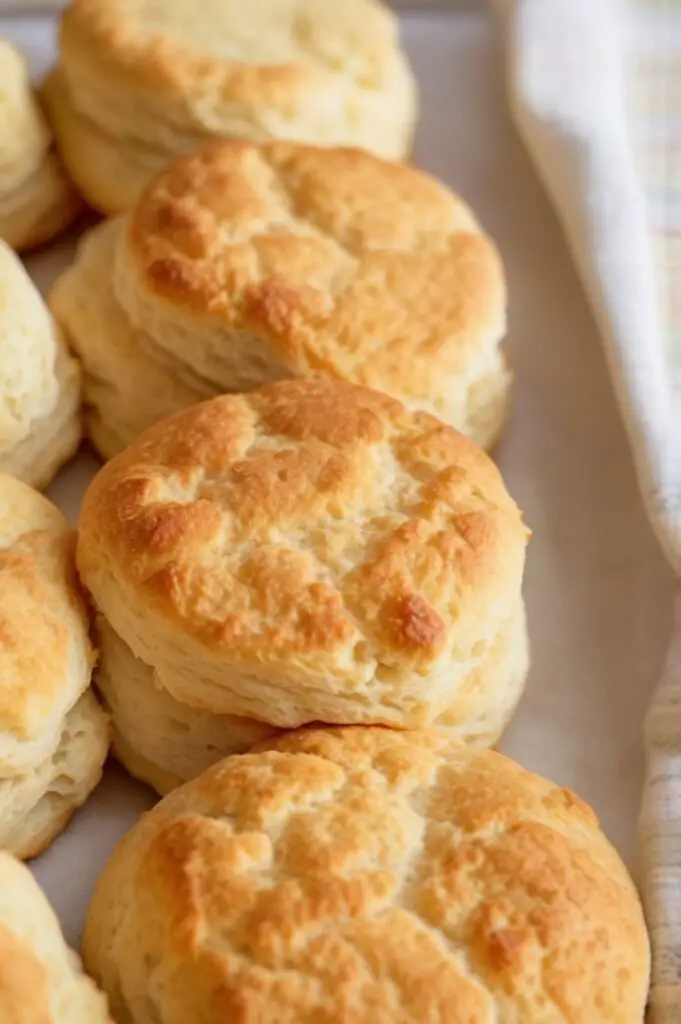
Storing and Reheating
Short-Term Storage:
- Store leftover biscuits in an airtight container at room temperature for up to 2 days.
- For longer freshness, refrigerate them for up to 5 days.
Freezing:
- Wrap biscuits individually in plastic wrap and store them in a freezer-safe bag for up to 3 months.
- Thaw at room temperature or in the microwave for 20-30 seconds.
Reheating:
- Oven: Warm biscuits in a 350°F oven for 5-7 minutes.
- Microwave: Heat for 15-20 seconds for a quick refresh.
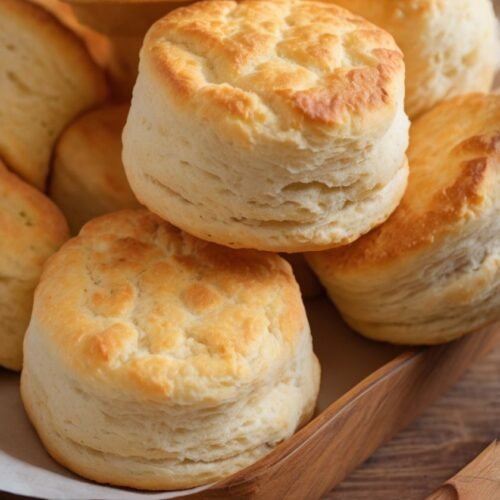
Buttermilk Biscuits
Ingredients
- 2 cups self-rising flour (White Lily recommended)
- 1/2 cup cold unsalted butter (cubed or grated)
- 3/4 cup cultured nonfat buttermilk
- 2 tablespoons unsalted butter (melted, for brushing)
Instructions
Preheat the Oven
- Set your oven to 450°F (232°C). Line a baking sheet with parchment paper or a silicone baking mat.
Measure the Flour
- Spoon the self-rising flour into a dry measuring cup, then level it off. This ensures you don’t use too much flour, which can make the biscuits dense.
Cut in the Butter
- If using a pastry blender, cut the cold butter into the flour until the pieces are pea-sized.
- If using a box grater, freeze the butter and grate it into the flour, then mix lightly.
- The small butter pieces create steam pockets when baking, leading to flaky layers.
Add Buttermilk
- Gently stir in the buttermilk until just combined. The dough should be soft and slightly sticky, similar to thick mashed potatoes.If too sticky, add a little more flour.
- If too dry, add a small splash of buttermilk.
Conclusion
Mastering homemade buttermilk biscuits is easier than you think! With simple ingredients and the right techniques, you can create flaky, buttery biscuits that taste even better than store-bought ones. Whether enjoyed on their own or paired with sweet or savory toppings, these biscuits are a must-have for any breakfast or brunch table.
Now, grab some butter, bake a batch, and enjoy every flaky bite!
